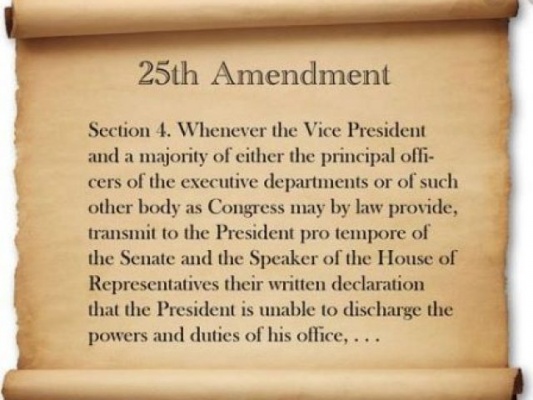
Introduction to the 25th Amendment
The 25th Amendment of the United States Constitution, ratified in 1967, is a crucial provision that addresses presidential succession and the handling of presidential disabilities. Its importance has become increasingly relevant in contemporary American politics, especially amid concerns over leadership stability and the circumstances that might necessitate invoking the amendment.
Historical Context
The amendment was proposed and ratified in response to the assassination of President John F. Kennedy in 1963. The need for a clear line of succession and a defined process for addressing presidential incapacity prompted lawmakers to establish stipulations that would ensure governmental continuity.
Provisions of the Amendment
The 25th Amendment consists of four sections, each dealing with different situations related to presidential succession:
- Section 1: Clarifies that if the presidency becomes vacant, the Vice President assumes the office.
- Section 2: Provides for the appointment of a new Vice President if the position becomes vacant, subject to congressional approval.
- Section 3: Allows a President to voluntarily transfer power to the Vice President by declaring an inability to perform duties, such as during surgery or health emergencies.
- Section 4: Enables the Vice President and a majority of the Cabinet to declare a President unable to fulfill their duties, leading to the transfer of power to the Vice President until the President can resume their role.
Recent Relevance
The 25th Amendment has been in the spotlight during recent presidencies, most notably due to concerns over health and cognitive capabilities of the sitting President. Discussions regarding its application arose during the Trump administration and have continued into President Biden’s tenure, especially given the age and public health of leadership in Washington.
Conclusion: Implications for the Future
The 25th Amendment remains a pivotal aspect of ensuring a stable government in the United States. Its provisions not only protect national interests during unforeseen circumstances but also raise important conversations about leadership, accountability, and the administration of power. As the political landscape evolves, the amendment’s role in shaping governmental continuity and addressing potential crises will continue to hold significance in the democratic process.



